| North Carolina's 189 Odonate species | ||||
|---|---|---|---|---|
| Sort Species by: Family Scientific Name [ Undocumented ] |
| Related Species in COENAGRIONIDAE: | Number of records for 2025 = 3 | |
| Photo Gallery for Pale Bluet 18 photos are shown. | Other NC Galleries: Jeff Pippen Will Cook Ted Wilcox | ||
 | Photo 1 by: Amy Padgett Comment: Bladen, 2025-06-23, 2 miles SE of Clarkton - At edge of pond | 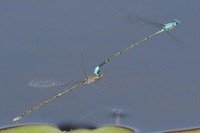 | Photo 2 by: Kevin Metcalf Comment: Hoke, 2022-06-26, Nicholson Creek game lands, lake near boat landing. |
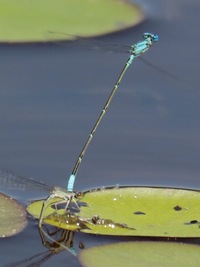 | Photo 3 by: Kevin Metcalf Comment: Hoke, 2022-06-26, Nicholson Creek game lands, lake near boat landing. | 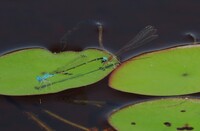 | Photo 4 by: Harry LeGrand, Lori Arent Comment: Hoke, 2022-06-26, Nicholson Creek Game Land - 1-2 pairs in copulation wheels; photo by Lori Arent |
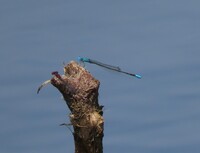 | Photo 5 by: Harry LeGrand, Lori Arent Comment: Hoke, 2022-06-26, Nicholson Creek Game Land - 1-2 pairs in copulation wheels; photo by Lori Arent. Burgundy Bluet also in photo. | 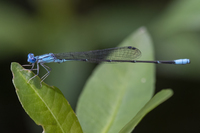 | Photo 6 by: Mark Shields Comment: Robeson, 2022-06-24, Lumber River, from LURI-Princess Ann Access to Lumber River Campground and back, by kayak |
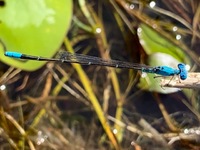 | Photo 7 by: Mike Turner Comment: Hoke, 2022-06-19, Nicholson Creek Game Land - many pairs in tandem; another five or so were either Slender Bluets or Pale Bluets |  | Photo 8 by: Jessica Lowery Comment: Dare; OBU, 2022-06-08, Kitty Hawk, Sandy Run Park, iNaturalist Record #120896964 - Pair in tandem |
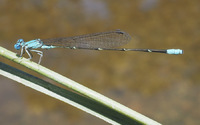 | Photo 9 by: R. Emmitt Comment: Scotland, 2019-06-15, Cameron Lake and creek nearby | 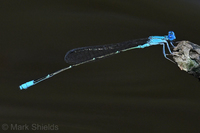 | Photo 10 by: Mark Shields Comment: Craven, 2018-06-16, Swift Creek; 7 km section between Cool Springs Boating Access Area and NC 43 bridge, by kayak. First record for county. |
 | Photo 11 by: Mark Shields Comment: New Hanover, 2018-06-08, Greenfield Lake, Wilmington, by kayak - tandem pair | 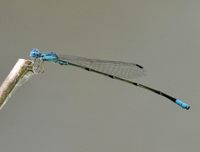 | Photo 12 by: Kyle Kittelberger Comment: Scotland, 2017-05-08, Sandhill Game Land; Scotland Lake - first record in county in almost 30 years |
 | Photo 13 by: Mark Shields Comment: Brunswick, 2017-05-02, North Lake and Spring Lake parks, Boiling Spring Lakes - mostly tandem pairs | 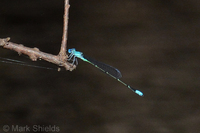 | Photo 14 by: Mark Shields Comment: Columbus, 2016-06-20, Waccamaw River from Pireway Boating Access to 6 km upstream |
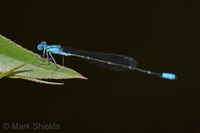 | Photo 15 by: Mark Shields Comment: Onslow, 2016-06-04, White Oak River between Quarry lakes and Dixon Field Landing | 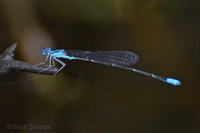 | Photo 16 by: Mark Shields Comment: Pender, 2015-07-11, Shelter Creek, from confluence with NE Cape Fear River to about 2 km upstream - in patches of Spatterdock |
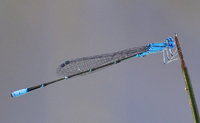 | Photo 17 by: John Petranka Comment: Bladen, 2014-06-02 Male, Singletary Lake. Found perched on vegetation along pier and by bridge at lake drain. | 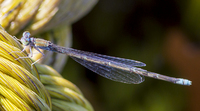 | Photo 18 by: John Petranka Comment: Bladen, 2014-06-02 Female, Singletary Lake. Found perched on vegetation along pier and by bridge at lake drain. |
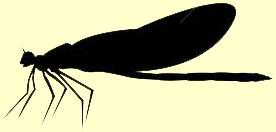
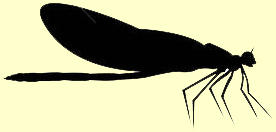 »
»